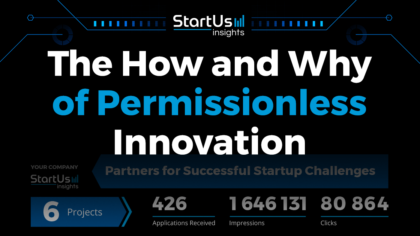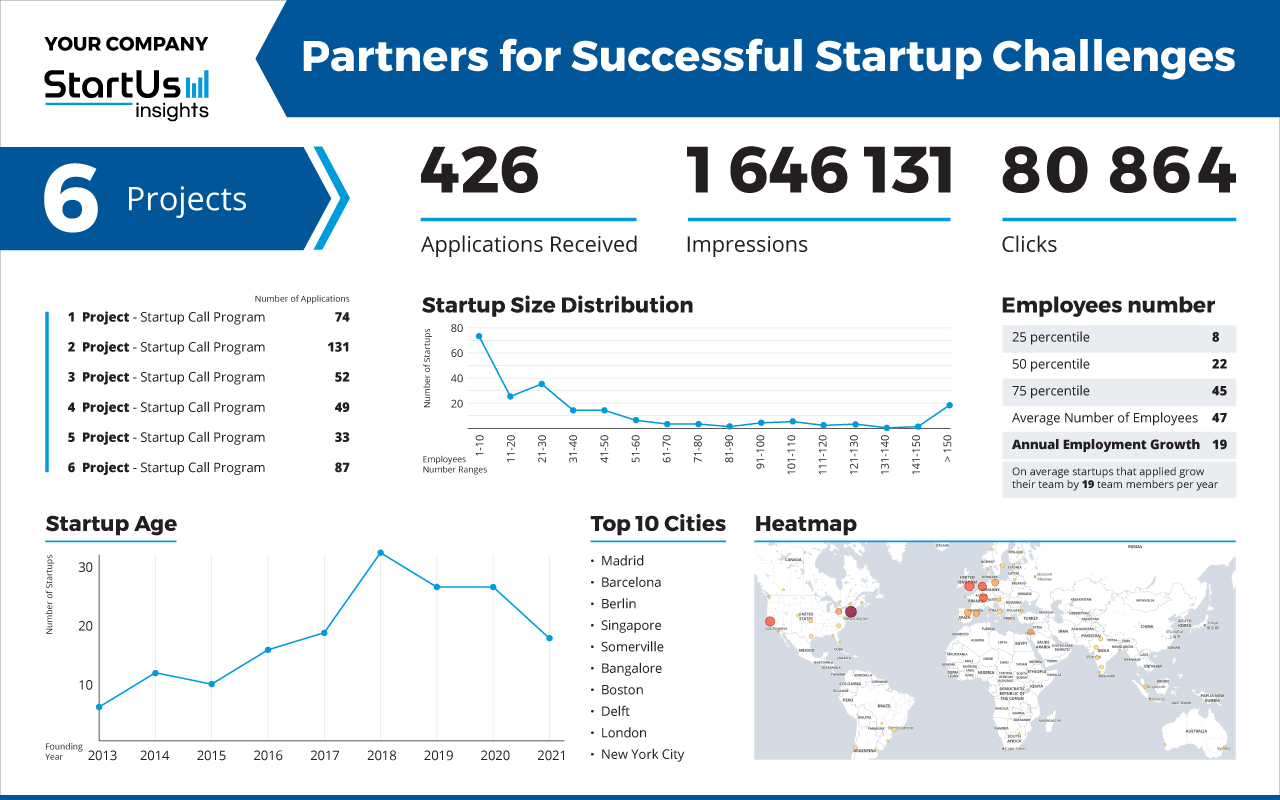Accelerate Productivity in 2025
Reignite Growth Despite the Global Slowdown
Not so long ago, the use of the Internet was restricted to only a few people. After it was opened to commercialization, it boomed with innovators developing all kinds of solutions on the internet. An underappreciated reason for the boom is the fact that these innovators didn’t have to seek approvals from anyone to build these solutions. The success of the resulting information economy speaks volumes about the potential of permissionless innovation.
Vint Cerf, an American Internet pioneer who popularized the term permissionless innovation, said that “Information sharing is power. If you don’t share your ideas, smart people can’t do anything about them, and you’ll remain anonymous and powerless.” This applies to companies seeking to innovate as well.
Permissionless innovation is a term that encompasses continuous experimentation and continuous exploration across multiple levels. It stresses that innovation can come from anyone ranging from student teams and amateur developers to startups and large companies. In contrast to a precautionary approach, permissionless innovation means that innovation should be the default.
Today, with the emergence of decentralized technologies like blockchain and Web3, more companies are curious about what permissionless innovation can achieve. In this report, learn how you can use it to your advantage.
How to enable Permissionless Innovation
Participate in Open Source Development
Many open source projects rely on volunteers who spend time building and maintaining them. By participating in open source development, companies gain a better understanding of technologies that their engineers rely on. It also allows you to derisk your internal projects by having a say in which features of the open source project are maintained. To accelerate the permissionless innovation approach, companies can open source their technologies as well.
Google is a popular case with open source technologies like the Android operating system and TensorFlow, a machine learning library. Opening these technologies allows Google to crowdsource innovation while also supporting innovation elsewhere. Moreover, it provides the company with a talent pool well-versed in exactly the technologies they need to build upon.
Empower Distributed Innovation
Countries where innovators face a lot of bureaucratic red tape generally rank poorly on innovation. A similar dynamic plays out in companies as well. Corporations where innovation only flows top-to-bottom and is centralized are slow to innovate. On the contrary, the bottom-up and distributed approach fosters creativity and innovation. These are companies where all business units share the responsibility to innovate and have the freedom to do so.
To build such a culture at your company, you need to cultivate intrapreneurship and distribute innovation horizontally. This allows individual employees and business units to identify bottlenecks. In turn, this allows innovation managers to frame challenges accurately, improving the outcomes of innovation initiatives such as startup programs or technology scouting.
Collaborate VS Compete
While competition often drives innovation, it also sends companies into a spiral where they compete on profit margins instead of new features. Permissionless innovation, on the contrary, frees an ecosystem from such a situation, often known as the commodity trap. Enabling permissionless innovation requires a mindset shift from competition to collaboration.
Companies cannot compete with startups in terms of speed and flexibility. However, they do possess greater resources and longer runways. When companies and startups collaborate, it’s a win-win for both parties. Open innovation initiatives promote permissionless innovation by incentivizing startups to work on major obstacles in their industry.
Benefits of Permissionless Innovation
1. Generates Disruptive Solutions
Permissionless innovation greatly expands the pool of innovators due to its default innovation mode. This ensures that truly disruptive innovations are more likely to occur. Moreover, it incentivizes innovators to focus beyond incremental or sustaining innovations.
2. Reduces Development Costs
Permissionless innovations open up a problem to virtually everyone who is interested in solving it. Companies can then choose the most promising solutions to work this. This way, it reduces development costs by providing companies with validated solutions.
3. Strengthens the Ecosystem
For a company to succeed, it needs a global village. For example, the success of Android or iOS is, in large part, due to all the developers who build apps for them globally. This is how permissionless innovation strengthens the ecosystem your company operates in which, in turn, benefits your products.
Leverage Innovation Intelligence for Permissionless Innovation
Internet and digitalization are the best examples of permissionless innovation. Thanks to them, there is a wealth of information on innovation spread across disparate sources. Translating these data into actionable insights for your innovation strategy can be a challenge. At StartUs Insights, we offer a range of services enabled by the StartUs Insights Discovery Platform covering over 2,5 million startups & scaleups globally. Some of our services that help you achieve your open innovation goals include:
- Trend Scouting: Identify emerging and latent trends and developments that will impact your industry
- Technology Scouting: Reveal emerging technologies and learn how they match your innovation needs
- Startup Scouting: Discover over 2,5 million startups & scaleups globally, scouting the right partners & saving you weeks of desk research
To make the most of permissionless innovation, get in touch today!


![Business Resilience Planning: 10 Strategies & Technologies to Tackle the Current Market [2025-2026]](https://www.startus-insights.com/wp-content/uploads/2025/06/Business-Resilience-Planning-SharedImg-StartUs-Insights-noresize-420x236.webp)
![10 Biggest Business Trends: What to Invest in, Build, and Watch Closely [2025-2030]](https://www.startus-insights.com/wp-content/uploads/2025/06/Business-Trends-SharedImg-StartUs-Insights-noresize-420x236.webp)




